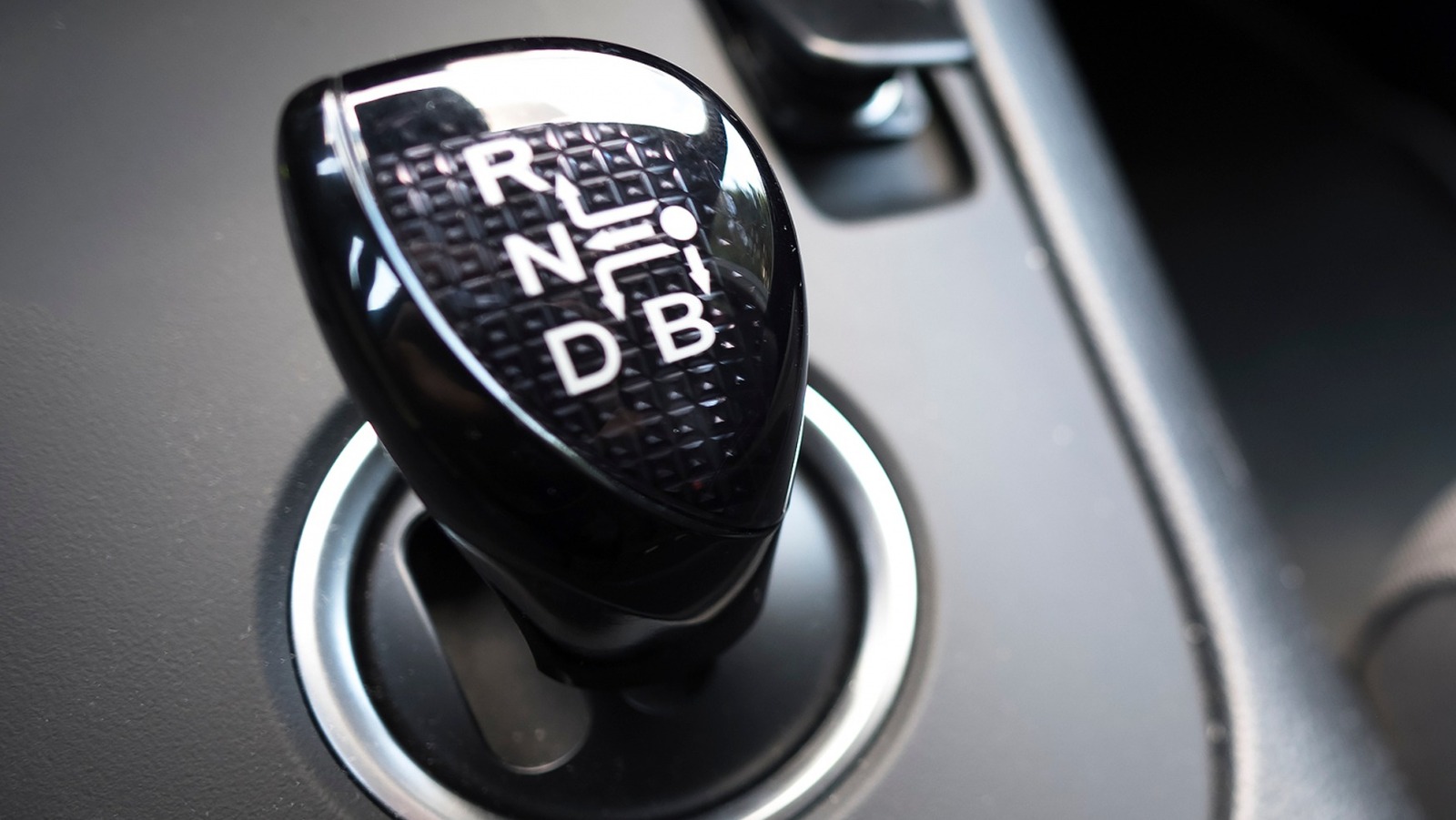
An automated manual transmission (AMT) contains simplistic gear sets like a manual transmission. Then, it goes hi-tech and uses the vehicle’s onboard computers to control servo-actuated clutch and shifter operation.
Compared to other types of automatic transmissions, especially CVTs, some AMTs exhibit shift lag, which is slower than desired when shifting from one gear to the next. Some performance-oriented brands, such as Porsche, developed proprietary dual-clutch automated manual transmission (DCT) technology to combat shift lag and increase performance. Thanks to its rugged simplicity, quick shifting, efficient operation, and low production costs, DCT technology found its way into mainstream cars at multiple price points.
Two separate gear trains exist inside the DCT, one with odd gears and the other with even. Each train has a clutch, and while an odd gear (first gear, for example) is engaged, the second gear (even) is already selected with its clutch disengaged, waiting for the proper speed for engagement. The odd-side clutch disengages as the even-side gear train engages, resulting in nearly instantaneous shifts.










